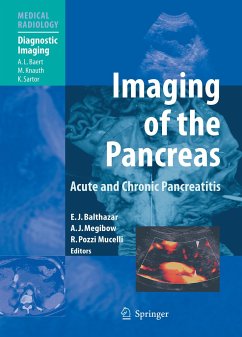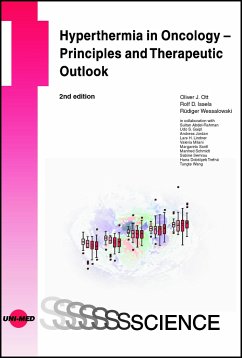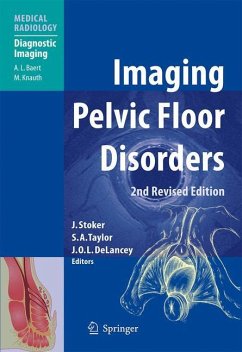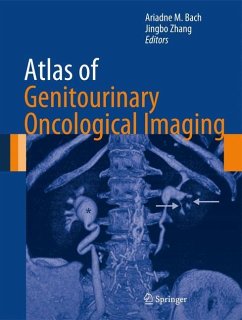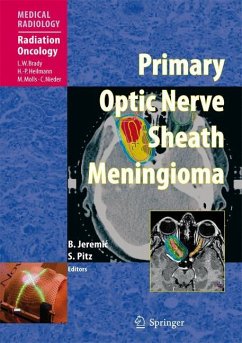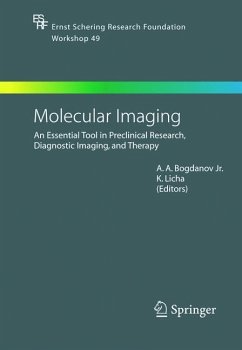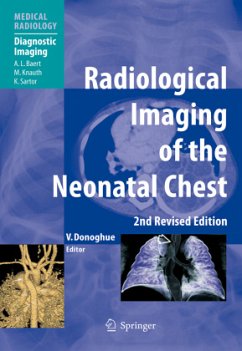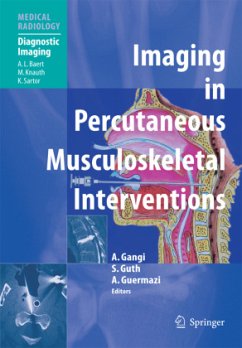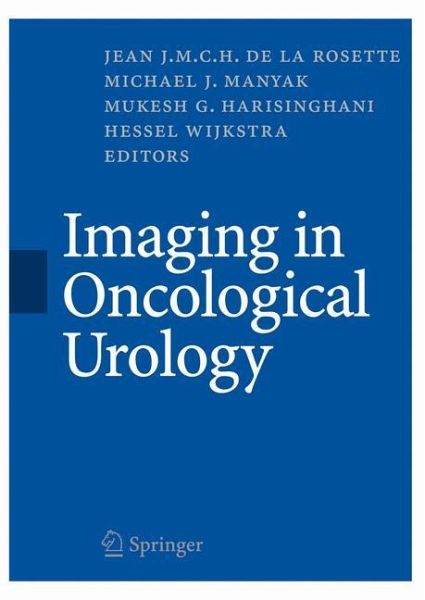
Imaging in Oncological Urology
Versandkostenfrei!
Versandfertig in 6-10 Tagen
115,99 €
inkl. MwSt.

PAYBACK Punkte
58 °P sammeln!
A hugely important book that details significant changes in imaging in oncological conditions related to the bladder, prostate and kidneys. The sole focus is on oncology in urology, mainly Ultrasound and MRI, with organ-oriented topics. The latest technologies on imaging are included to better identify carcinomatous lesions and lymph node metastases. Each chapter includes a section that outlines the optimal imaging approach, providing an algorithm for imaging per disease entity, and according to the evidence-based chronological and diagnostic follow-up.
Thepastdecadehasseendramaticadvances inurologyandimaging. Thesechangesareevident in improvements in laparoscopic surgery as well as in the emergence of multidetector CT, with multiplanar reformatting and FDG-PET-CT as routine imaging methods. The new minimally invasive procedures often require more exacting imaging as the surgeon does not have the same visual ?eld of view as was possible with open procedures. Thus, it is appropriate now to p- vide an update on imaging advances for the bene?t of urologists and radiologists alike. The increasing number of innovative imaging approaches to urologic tumors including CT, MRI, PET, SPECT, and endoscopic imaging can be perplexing and lead to over- and underesti- tions of the capabilities of modern imaging on the part of those who interpret them and those who use the information they provide for patient management. There is a growing "exp- tations gap" between what is expected and what is possible that needs to be closed. While previous books have focused on the more common urologic tumors such as bladder, prostate, andkidneycancer,nonehasattemptedacomprehensivereviewofthestateoftheartofimaging in most of the tumors involved in urologic oncology. Imaging in Urologic Oncology addresses these challenges. In the modern imaging department it is easy to forget how useful conventional plain rad- graphy can be in urologic diagnosis. Much of our current understanding of urologic disease is based on the "classic appearance" on intravenous urograms, cystograms, or retrograde pye- grams. Therefore, conventional imaging provides the ?rst "layer" in our understanding of u- logic tumors. The next layer is cross-sectional imaging.



